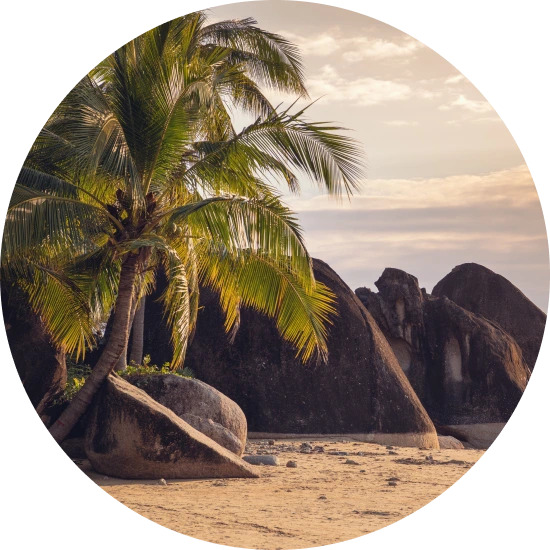Haplogroup O-M110
What is Paternal Haplogroup O-M110?
Haplogroup O-M110, also known as Haplogroup O-M1359 (Y Chromosome Consortium long-form label), is a genealogical group of lineages defined by unique genetic markers present on the Y-chromosome. Your paternal haplogroup, or that of your father if you do not have a Y-chromosome, paints a picture of your ancient origins and the migrations of your ancestors. Although your paternal haplogroup reflects just one of your many ancestral lineages, it carries information about that lineage over tens of thousands of years.
Haplogroup O-M110 is descended from haplogroup O-M1359. Among 23andMe research participants, haplogroup O-M110 is commonly found among populations in the Philippines and China.
It's important to note that your haplogroup doesn't define your current ethnic identity; rather, it provides an insight into your deep ancestry on the paternal side.
 Paternal Haplogroup Origins O-M1359
Paternal Haplogroup Origins O-M1359Top Surnames with Haplogroup O-M110
For surnames with sufficient representation in the data, these percentages represent the frequency with which each surname is found in individuals exhibiting this genetic marker.
Haplogroup O-M110 is linked to people in Southeast Asian island nations
Research indicates that haplogroup O1a2 may have been introduced into these island nations during the origin of Malayo-Polynesian languages about 7,500 years ago. Haplogroup O-M110 may have originated 10,000-25,000 years ago, around the Gulf of Tonkin, a body of water with Chinese and Vietnamese coastlines, as well as China's Hainan Island. Early men bearing the haplogroup may have migrated to Island nations via the Vietnam corridor, gradually spreading into the distribution that is seen today. Many human migrations in the last 10,000 years have also involved the movement of plants and animals used by the migrating communities, and these island hoppers may have brought another newcomer with them: the domestic pig.

